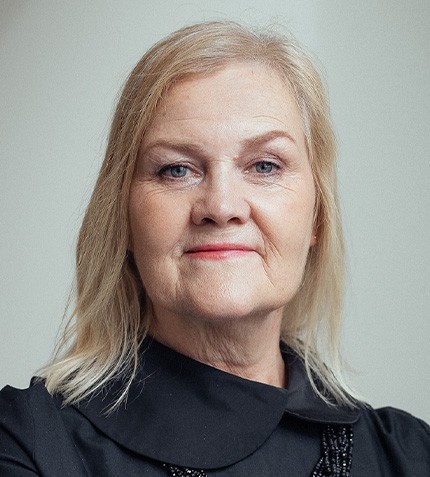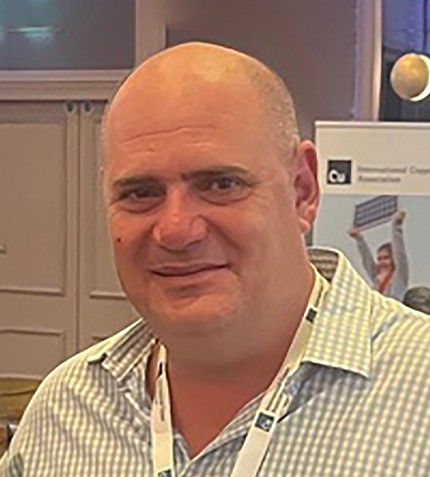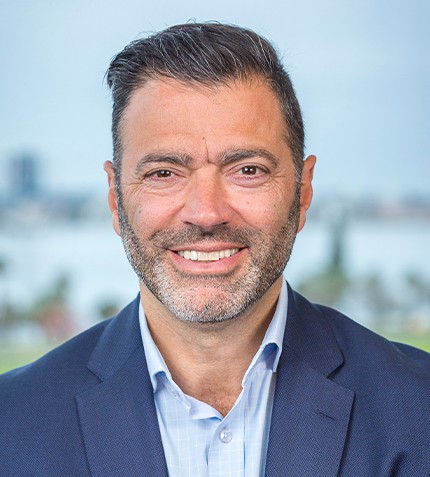
"The mining community must recognize that resilience is going to come from reducing ESG risks, and that can only come from transformative innovation underpinned by research."
Lesley Warren
DIRECTOR, LASSONDE INSTITUTE OF MINING, UNIVERSITY OF TORONTO
How has the mission and focus of the Lassonde Institute evolved over the years?
The Lassonde Institute has been a flagship Institute for mining research over the last 20 years at the University of Toronto. We have a long tradition of exploration and hard rock mining expertise with a strategic focus on the development of advanced models and technologies in these areas. Recently, we have expanded our research themes into the critical emerging risks in the ESG space under our new Global Resources Stewardship Initiative (GRSI), which reflects both the need for cross-disciplinary research to tackle these challenges as well as the need for partnership models that enable different ways of doing research that are more effective and timely for industry. Today, we represent global experts across the entire value chain through our Research and Innovation areas of: Energy & Sustainability; Exploration; Digitalization & Robotics; Safer Mines; Society & the Economy; and Water & Tailings.
How will the mining industry attract a new generation of innovative thinkers to join its ranks?
If you want to be a climate change advocate and someone who can affect change, this industry will need you. The industry itself is in a time of transition, and they need talent that can transition with them. Mining has an imperative and an opportunity to be a leader in sustainable development. By achieving that, they will attract people who see the value the industry provides.
Developing an ecosystem where there are strong connections between academia and industry players, that are strategic and long term, underscores the value and need for knowledge discoveries and innovation pursuits; ultimately, increasing attraction and retention of these HQP in our industry.
What is most exciting to you about your research on integrating emerging molecular biological techniques to apply them to mining contexts?
We apply molecular tools developed by microbiologists and applied far more widely in other contexts such as the oceans, soils, and human gut. This allowed us to start interrogating what microbes occurring in mining wastewater and reclamation environments are doing. We found that these tiny engineers are playing instrumental roles in influencing wastewater quality associated with tailings ponds as well as tailings reclamation stability and closure outcomes.
What are the implications of this research from a water management perspective?
Management of water at mine sites is increasingly inefficient. Companies are unable to predict significant impacts before they happen, and when they do happen, they often cannot reverse course. This is why the industry is beset by legacy issues. There is evidence that we need better models and tools, and it is clear that microbiology is going to be an important player in this. Mining systems are bioreactors, and organisms that are present in tailings ponds or mining impacted waters are novel. What that tells us is that we have unchartered opportunities once we start to identify these bugs and what they are able to do, given the conditions under which they act. We can immediately see that we open up several levers by which mines can develop smarter designs that do not rely exclusively on the static application of chemicals, which require infrastructure and energy to treat symptoms. We are now looking at innovating around root cause – design, and adaptive management. This opportunity is starting to gain traction because companies are recognizing that the value proposition bedrock for the industry has to change to include improved environmental stewardship.
Do you have a final message as to why companies should consider partnering with the University of Toronto?
Lack of social license and the inability to attract investment continue to hamper the industry’s capacity to meet future demand for metals. This speaks to the need for stronger knowledge baselines that can enable sound industry ESG outcomes and gain stakeholder trust. Catalytic knowledge discoveries addressing these key ESG risks are an essential component of the value the University of Toronto’s GRSI provides; our research improves bottom lines and enables partners to be proactive in mitigating risk. The mining community must recognize that resilience is going to come from reducing ESG risks, and that can only come from transformative innovation underpinned by research.










